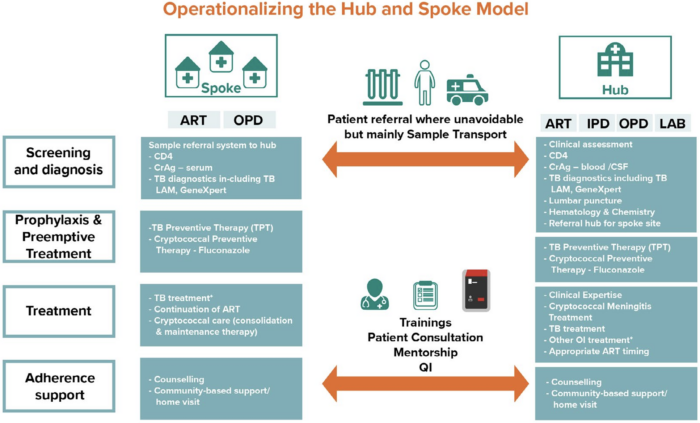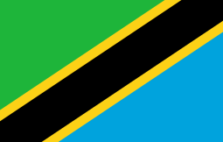Advanced HIV Disease
EGPAF is committed to implementing patient-centered Differentiated Service Delivery (DSD) models of care to help improve screening, diagnosis, treatment, and prevention against advanced HIV disease (AHD).
The World Health Organization (WHO) defines Advanced HIV Disease (AHD) for adults, adolescents, and children five years and older as having a CD4 count of less than 200 cells/mm3 or meeting the criteria for WHO stage 3 or 4 disease. All children under age five are considered to have AHD. AHD occurs more frequently in individuals newly diagnosed with HIV, people who have treatment failure and a consequent decline in CD4 cell count, and individuals who previously initiated ART and are re-engaging with care after treatment interruption. Each of these groups highlight gaps (or missed opportunities) in the global response across the HIV disease cascade from prevention and early diagnosis to proper treatment and retention in care.
Because of high HIV/AIDS related deaths (Estimated at 650,000 deaths in 2021 including 98,000 children (UNAIDS 2022 report), against a target of <250,000 deaths by 2025 (UNAIDS 95/95/95 targets), EGPAF is committed to implementing patient-centered Differentiated Service Delivery (DSD) models of care to help improve screening, diagnosis, treatment, and prevention against advanced HIV disease (AHD).
Our Solutions

- Operationalize a comprehensive AHD package of care in alignment with national policies and global best practices.
- Strengthen the capacity of sites to adequately screen, treat, and retain clients with AHD through differentiated models of care.
- Generate evidence, develop innovative approaches, and facilitate local learning and sharing of best practices for AHD.
Impact of Opportunistic Infections

Those living with advanced HIV disease represent one-third of all HIV-positive patients in active care. These individuals are more prone to opportunistic infections – including TB, severe bacterial infections, and cryptococcal meningitis – that can result in an increased risk of morbidity and mortality. The burden of advanced HIV is significant. Current national strategies and funding priorities do not adequately address the complex issue of advanced HIV disease. Country-specific efforts to curb mortality cannot succeed without appropriate guideline adoption, financial resource mobilization, and key diagnostic and treatment access.
EGPAF is working to improve access to key lifesaving products that are included in the WHO-recommended package of care for patients living with advanced HIV disease. These include the use of CD4 counts for staging at entry or reentry into care; screening tests such as simple-to-use, point-of-care tests for TB and cryptococcal infection; and novel medicines to prevent the development of or treat the two major causes of mortality among people living with HIV in sub-Saharan Africa, TB, and cryptococcal meningitis.
Supported Countries
Related Resources
Access our full archive of Advanced HIV Disease (AHD) publications.



